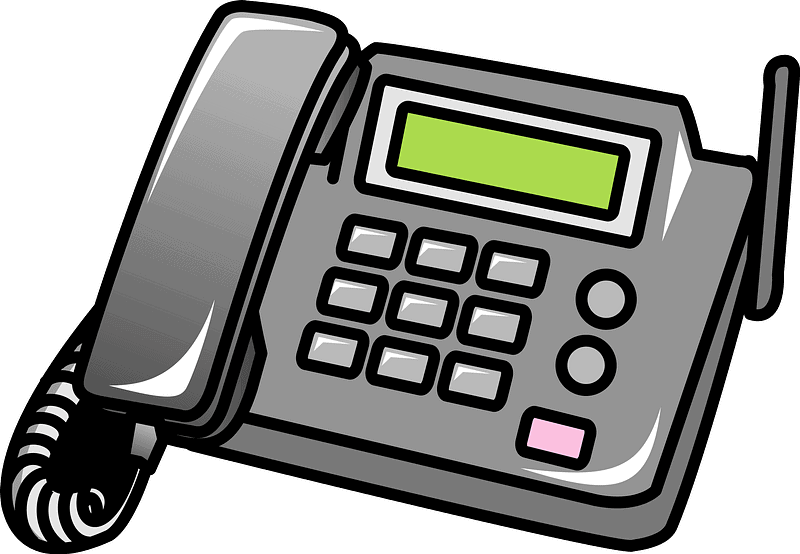Is mobile messaging in your toolbox?
By Angie Kilbourne, AAM from MACS ACtion Archives June 2018

Do you remember the days when having the customer’s best daytime phone number to reach the individual was an efficiency golden nugget? How times have changed. Today, customers have many alternatives for businesses to communicate with them — from phone calls to emails to instant messaging. What has stayed constant is the need to know a customer’s preferred means of communication. As a business, it’s your responsibility and in everyone’s interest as a service provider to ask that question. When you do, don’t be surprised if the answer is mobile messaging (aka text or SMS messaging).
The Best Contact Method
According to a recent survey by marketing researcher Insight:
- Eighty percent of respondents say they prefer and use mobile messaging for communication with the businesses they patronize. More precisely, 56 percent admitted to using two or fewer messaging apps.
- Fifteen percent said more than half of their daily text messages are sent or received for business purposes.
- Thirty-three percent said they text from a device other than a mobile phone.
- Although the average adult today spends more than 23 hours a week texting, They generally spend less than five seconds reading individual text messages.

Coincidently, when looking at the preferences of business owners and professionals, the survey found:
- Seventy-nine percent of business owners say they believe their customers want text messaging support.
- Seventy-two percent shared they prefer SMS text messaging as the primary means of communication.
- Thirty-five percent of business professionals claim they respond to customer text messages within 10 minutes or less.
Messaging via Apps Customers Use
It’s clear businesses are open to text messaging their customers. The question is, do you? And if so, how? “The problem is the vast majority of businesses haven’t bothered to determine which way each customer prefers to be contacted,” according to the Insight researchers.
The quest to determine the best way to contact a customer actually involves acquiring the answers to just two questions. Not having this information will stymie the efficiency you’re seeking. So ensure you ask your customers:
- What is the best mobile device to use to contact you (e.g., home phone, mobile phone, tablet, PC, etc.)? After all, communicating with the device a customer uses matters.
- Then, businesses must ask for the customer’s preferred type of messenger service platform (for example, Text Messenger, Facebook Messenger, WhatsApp, Snapchat, WeChat, etc.).
Conversational and Personalized
“Text and SMS messaging use by customers and business professionals is established and rising,” explained Dave Sutton, the president of marketing consultant TopRight Partners. “It’s also a low-cost, high-return channel for businesses to engage customers, as well as prospects. Whereas social media drives branded content to a consumer, text messaging content is more conversational and personalized — typically shorter messages, delivered one at a time, and aligned with a specific brand feature (e.g., “Your vehicle A/C service is completed,” or, “Do you need a ride to the shop?”).”
Sutton shared three tips to help interested business owners begin building their mobile messaging marketing strategy:
- Pick your poison. Mobile messaging should improve your customer’s experience with your brand. Think of it as “chatvertising” — a term coined by the Wall Street Journal. Your messages must be relevant enough to customers so they answer rather than ignore them.
- Make messaging a habit. Remember how your organization had to adapt to engaging on social media? That took discipline and commitment, right? To be successful, mobile messaging needs to become a habit within your organization.
- Measure your mobile messaging. Compared to digital marketing and social media, mobile messaging has much higher engagement and return on marketing investment. As technology advances, marketers are finding better and more reliable mobile message tracking solutions for businesses.
“For mobile messaging to be an effective customer engagement strategy, it has to be nondisruptive and a part of the dialogue,” Sutton advises. “Second, before adding another component to your marketing toolbox, make sure you’re able to tell a simple brand story that is aligned with your overall brand strategy and systems.”

STAT:
The most popular messaging app currently in the U.S. is Facebook’s Messenger, with 103.5 million monthly active users. Snapchat comes in second with 48.7 million monthly active users.
Source: Statistic.com, February 2018
Learn More
Check Out MACS Action Archives: MACS Members Only
